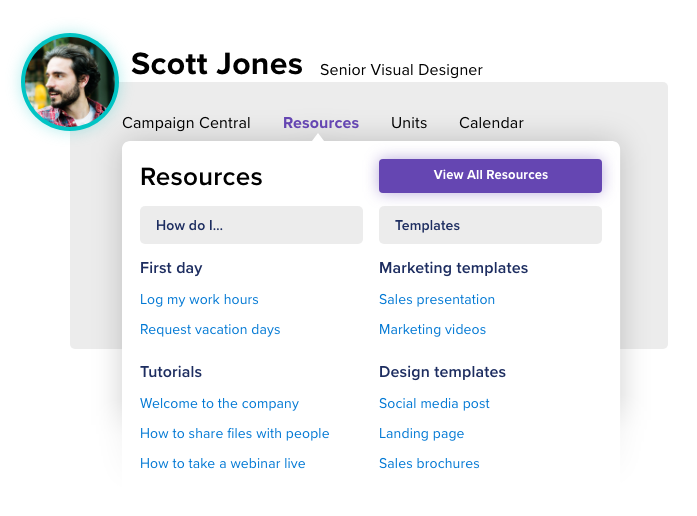Your teams are more likely to optimize their productivity at work if they understand what their job is – and the role it plays in the success of your business.
However, that is easier said than done as 72% of employees don’t understand a company’s strategy or their role in it – it has never been communicated to them effectively!
The fact of the matter is that your internal communication plan is the backbone of your organization as it connects and engages your employees. It is no secret that companies with an effective change and communication platform are 3.5 times more likely to beat others in their industries. So how do they do it?
How do you effectively communicate with internal teams and allow two-way communication to take place?
For starters, you need a well-functioning internal communications plan that makes the most out of your available resources and enables you to engage and interact with employees across your organization.
Here are a few tips to help you plan and develop an internal communications plan
 Research existing internal communications processes
Research existing internal communications processes
Before you create a plan, identify gaps in your current communications process and detail how you plan on mitigating these issues to enhance the user experience.
For example, you might already have a company intranet, i.e., a hub of sorts where all internal communications take place. But did you know that only 13% of employees use intranet daily? Everyone else skips it!
Conduct a comprehensive situation analysis that reviews your intranet and other publication channels. Use the resulting data to evaluate messaging styles, target teams, and the inclusivity (for remote teams and dispersed members) of your communications and find ways to make them more useful.
Get buy-in from all stakeholders
Collaborate with key stakeholders and get their perspective on what communication channels they like using, and those that create hindrances in their everyday work.
Creating a focus group within your organization can (and should) be your next step. Introduce new features and advanced functionality, so planning and designing teams get an idea of what works – and what doesn’t.
Consider including the following team members:
- HR managers
- Department heads
- Tenured employees and new recruits
Working closely with your HR managers can help you understand what makes your teams tick. It can also help you determine employees’ preferred channels and communications processes that create an impact.
Evaluate technological tools at your disposal
Assess all the tools and resources available at your disposal and discuss how and where you can use these to optimize your user experience.
If you have an intranet, assess your existing setup and ask yourself whether you’re able to access the best features and functionality available today.
Other questions that can help you identify gaps include:
- Do your communication channels support two-way communication where employees can contribute their ideas and content? If not, what technology would make this possible?
- Can your employees use self-service tools on your internal channels to source content, information, and IT help to facilitate their jobs?
- Can teams offer feedback, ideas, and highlight issues and concerns through collaboration forums?
Having secure internal communication channels is crucial to ensuring an engaged and productive workplace. A structured internal communications plan can maximize the effectiveness of your collaborative efforts.
Would you like to know more?
Contact us at hello@definityfirst.com to understand how your internal communications would do better with technology that enhances the experience!
Related article: SharePoint intranet features to spart your employee engagement


